When it comes to maintaining your HVAC system, one of the most critical tasks is changing the furnace filter.
A dirty or clogged filter can cause your system to work harder, leading to higher energy bills and potentially costly repairs. But more than changing the filter is needed - you also need to ensure proper furnace filter airflow.
Understanding furnace filter airflow is vital to keeping your HVAC system running smoothly and efficiently.
When air flows through the filter, it traps dirt, dust, and other particles, preventing them from circulating in your home. But if the filter is clogged or installed incorrectly, it can impede airflow and cause your system to work harder than it needs to.
Identifying the correct airflow direction for your furnace filter ensures proper airflow. This can vary depending on your system, so it's essential to consult your owner's manual or a professional if you need clarification.
Once you know the correct direction, you can install the filter correctly and ensure that air flows through it in the right direction.
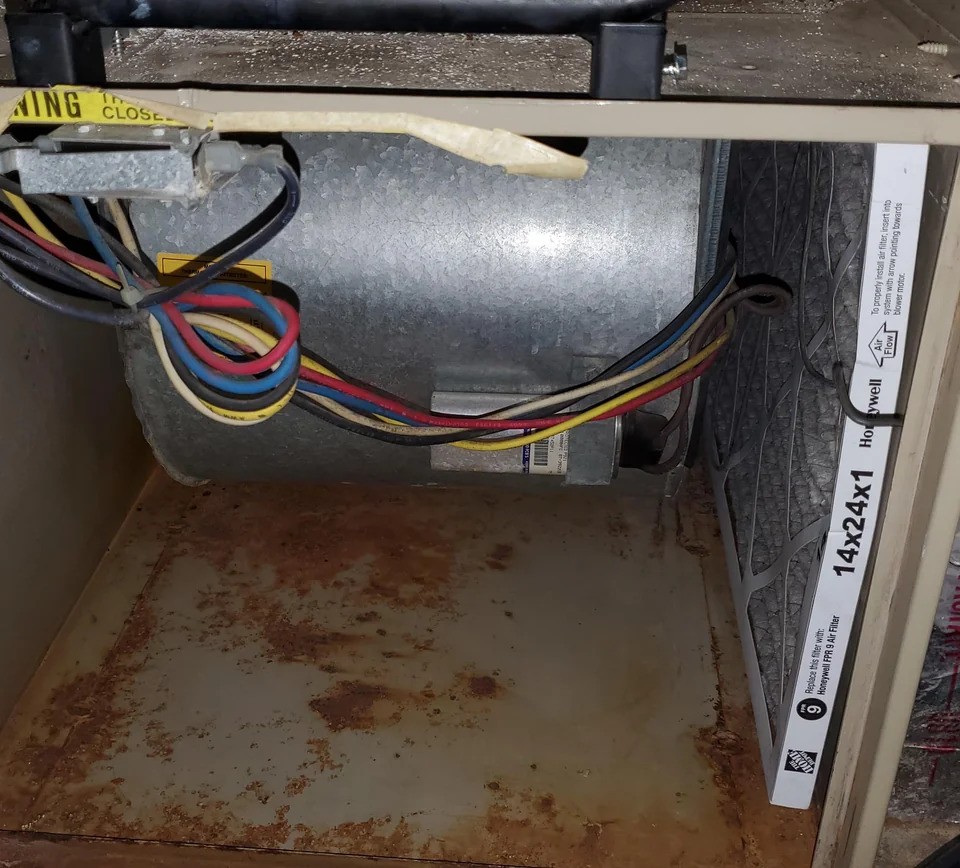
Airflow is crucial for keeping your HVAC system running at its best. Airflow is the air movement through your furnace, and it's essential to understand how it works.
The filter's location in your system determines the airflow direction of the furnace.
Your furnace works by pulling air in from your home through a return duct, heating it, and blowing it back out through a supply duct. The air filter removes dust, allergens, and other particles from the air before entering the furnace.
Your furnace filter must be installed correctly to maintain proper airflow. The airflow direction furnace filter should be installed with the arrow pointing toward the airflow.
This will ensure that the filter works at its best and that your system runs efficiently.
Correct airflow is essential for several reasons:
Therefore, understanding furnace filter airflow is essential for keeping your HVAC system running at its best.
When it comes to replacing your furnace filter, one of the most important things to consider is the direction of the airflow. Installing the filter incorrectly can reduce efficiency and poor air quality in your home.
Here are two ways you can identify the airflow direction:
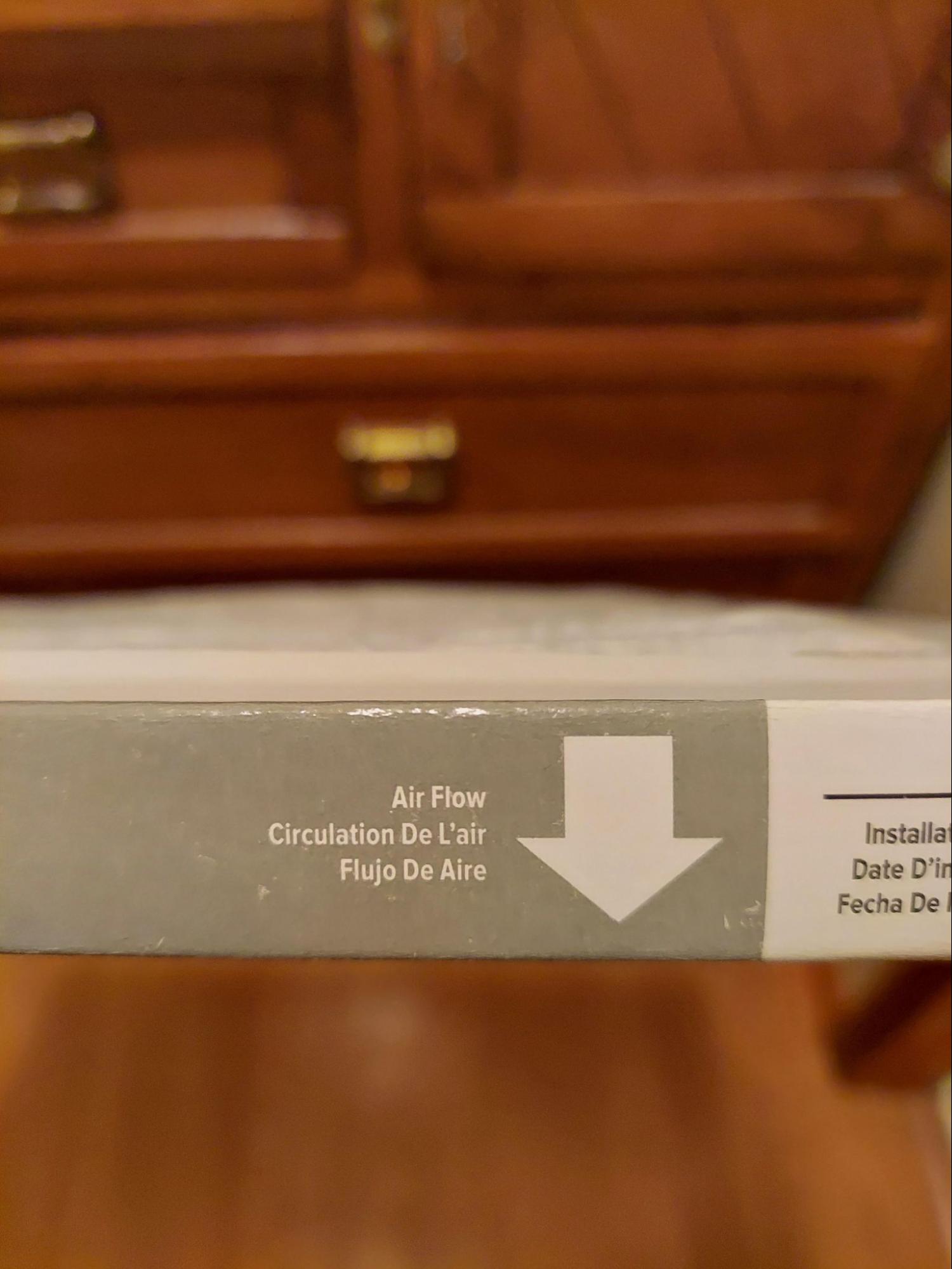
Most furnace filters have visual indicators that help determine the direction of the airflow. Look for arrows or other markings on the filter itself. These markings are usually located on the filter's frame and indicate the airflow's direction.
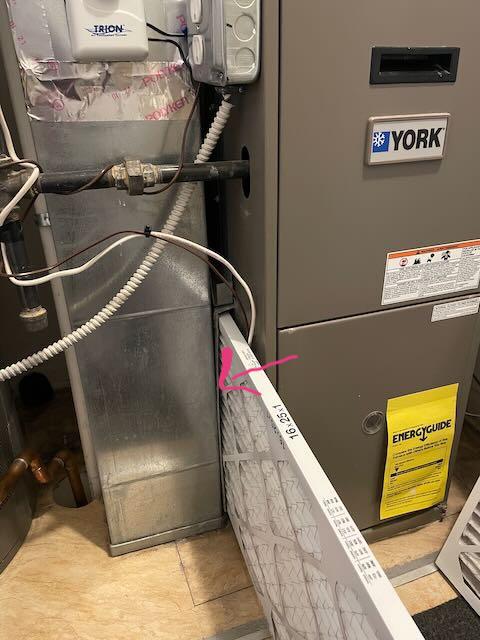
Another way to determine the airflow direction is to look for the air filter direction arrow on your furnace. This arrow is usually located on the side of the furnace and points in the direction of the airflow.
Check the owner's manual or contact a professional if you can't find the arrow on your furnace.
It's important to note that not all furnace filters have arrows or other visual indicators. If your filter has no markings, you can still determine the airflow direction by looking at it.
The side of the filter with the metal mesh should face the incoming air, while the side with the cardboard frame should face away from the incoming air.
Therefore, identifying the airflow direction is crucial for replacing your furnace filter.
By using the visual indicators on the filter or the air filter direction arrow on your furnace, you can ensure that you install the filter correctly and maintain good air quality in your home.
Installing the furnace filter is a simple and important task that can greatly impact the efficiency and lifespan of your furnace.
In this section, we will guide you through the step-by-step installation process and highlight common mistakes to avoid.
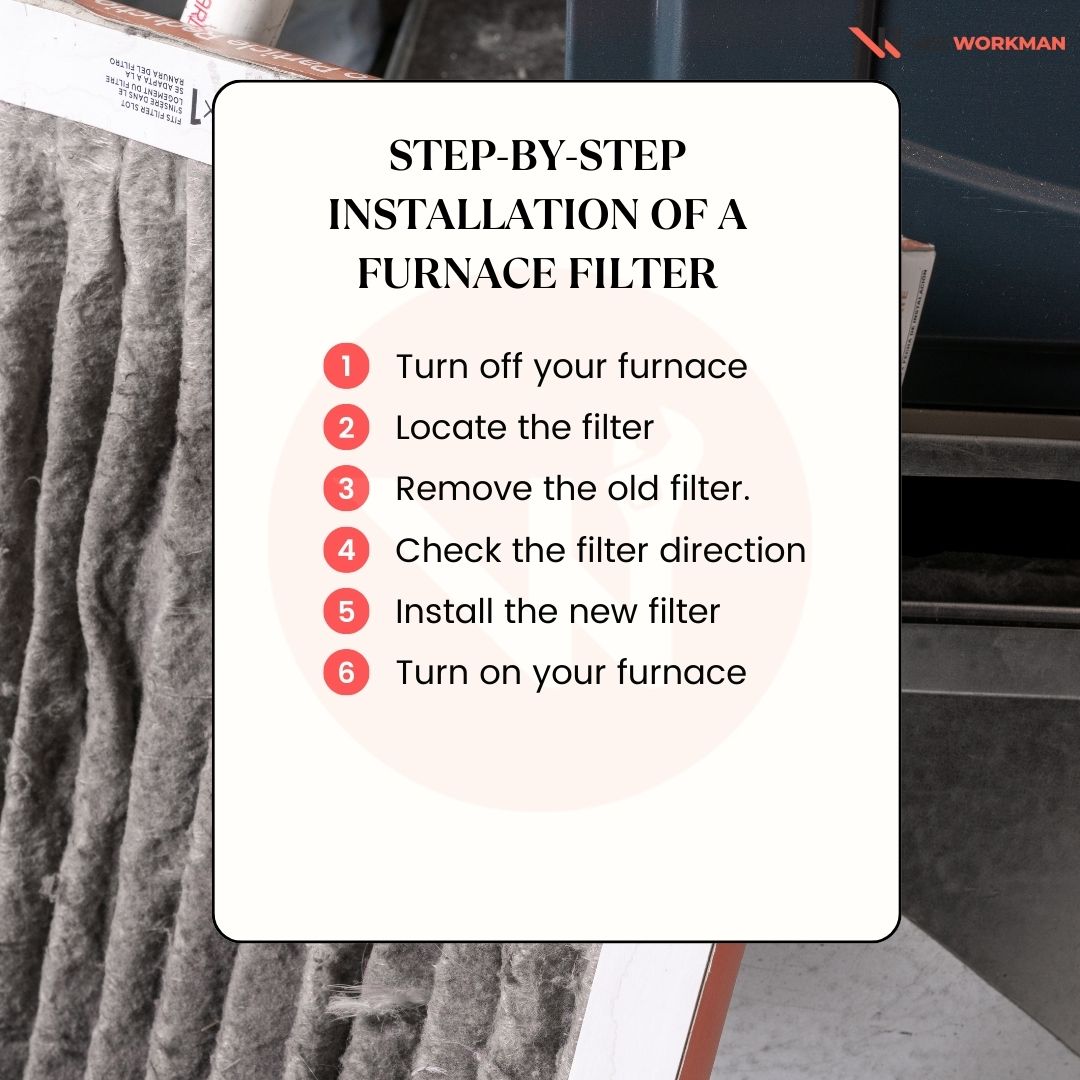
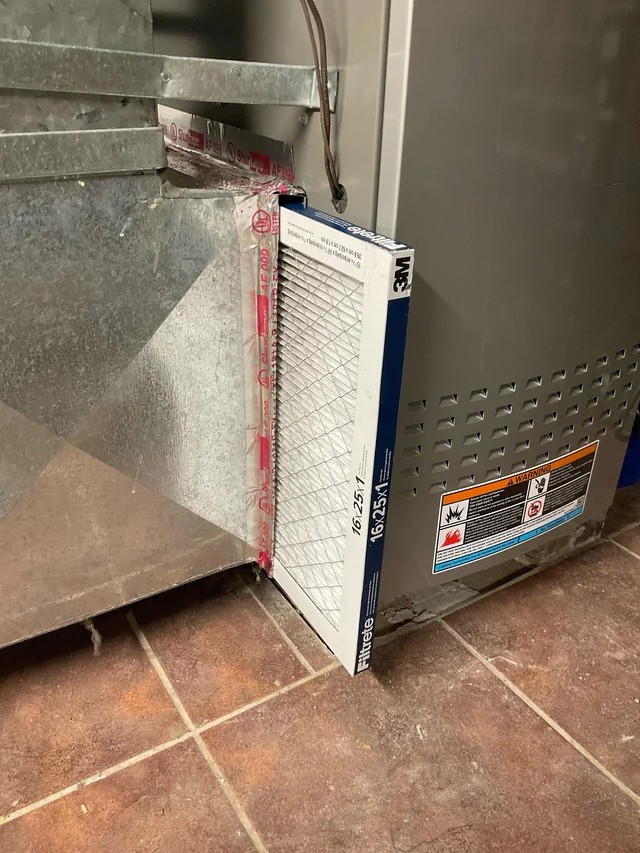
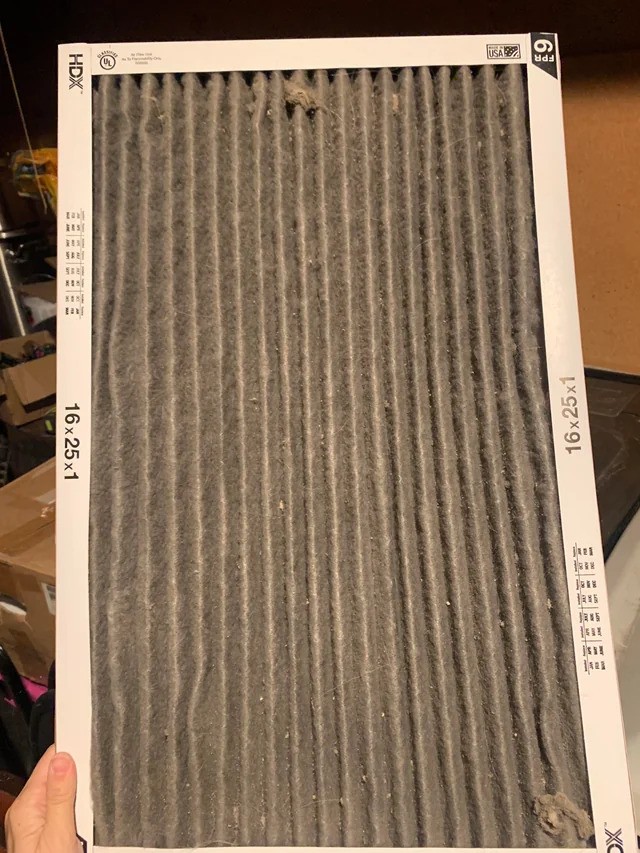
By following these simple steps and avoiding common mistakes, you can ensure your furnace filter is installed correctly and functioning at its best.
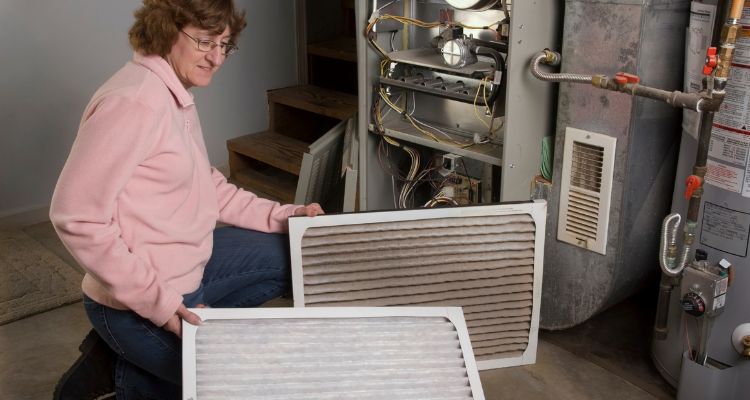
Keeping your furnace filter clean is crucial for maintaining proper airflow and extending the life of your HVAC system.
A dirty filter can cause your system to work harder than it needs to, leading to increased energy bills and potentially costly repairs. Check your filter every month and replace it as needed.
Clean your filter using the manufacturer's instructions if it is reusable. If it is disposable, replace it with a new one. When replacing your filter, purchase the correct size and type for your system.
Some filters have no arrow indicating the airflow direction, so check the manufacturer's instructions or consult a professional if you need clarification.
If you are experiencing poor airflow from your furnace, you can check a few things before calling a professional.
First, make sure that your filter is clean and properly installed. If the filter is dirty or installed incorrectly, it can restrict airflow and cause your system to work harder than it needs to.
Next, check your air vents and make sure they are not blocked or obstructed. If your vents are blocked, it can restrict airflow and cause your system to work harder than it needs to.
Make sure that all of your vents are open and unobstructed.
If you have checked your filter and vents and are still experiencing poor airflow, it may be time to call a professional.
A trained HVAC technician can diagnose and repair any issues with your system, ensuring it runs efficiently and effectively.
The air flow direction arrow on your furnace filter should always point towards the furnace. You can also check the filter's manual or the manufacturer's website for information on the proper orientation.
Installing a furnace filter in the proper orientation ensures that the air flows through the filter media, which traps contaminants such as dust, pollen, and hair. This prevents the contaminants from entering your HVAC system, which can lead to reduced efficiency and increased strain on the system.
Yes, incorrect installation of a furnace filter can affect your HVAC system's efficiency. If the filter is installed backward, the airflow will be restricted, reducing efficiency and increasing strain on the system.
If your furnace filter doesn't have an arrow indicating air flow direction, you can check the filter media for an airflow arrow. If there is no arrow, contact the manufacturer or a licensed HVAC technician for assistance.
It is recommended to replace your furnace filter every 1-3 months, depending on your household's air quality and usage. A dirty or clogged filter can restrict air flow, which can lead to reduced efficiency and increased strain on the system.
The airflow direction arrow on a filter ensures that the air flows through the filter media, which traps contaminants and prevents them from entering your HVAC system. Installing the filter backward can restrict air flow, reducing efficiency and increasing strain on the system.